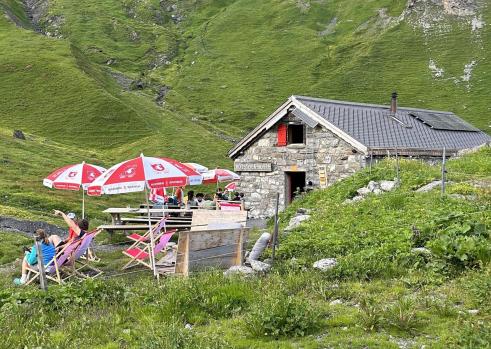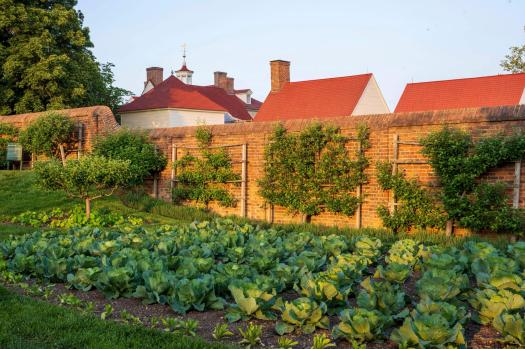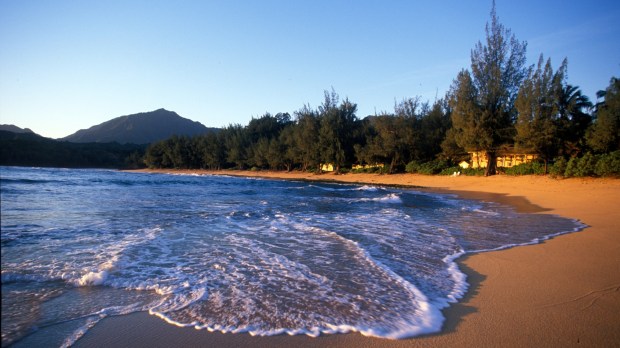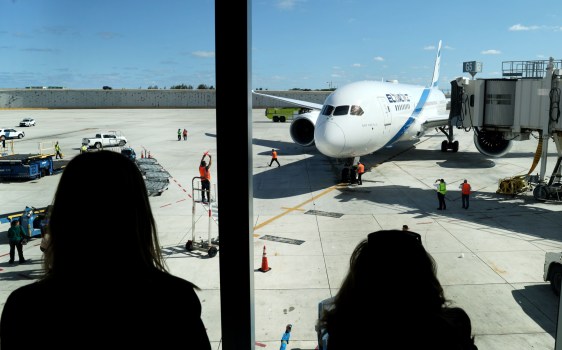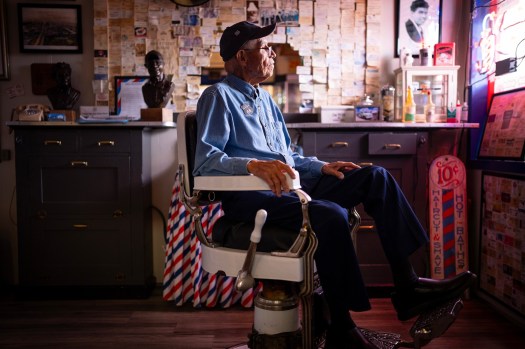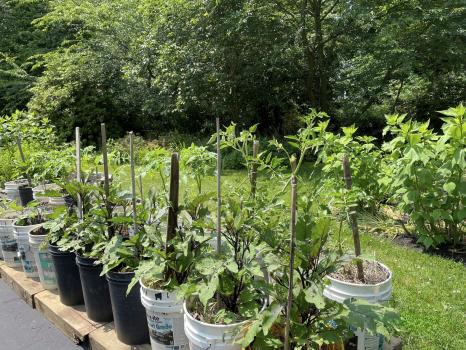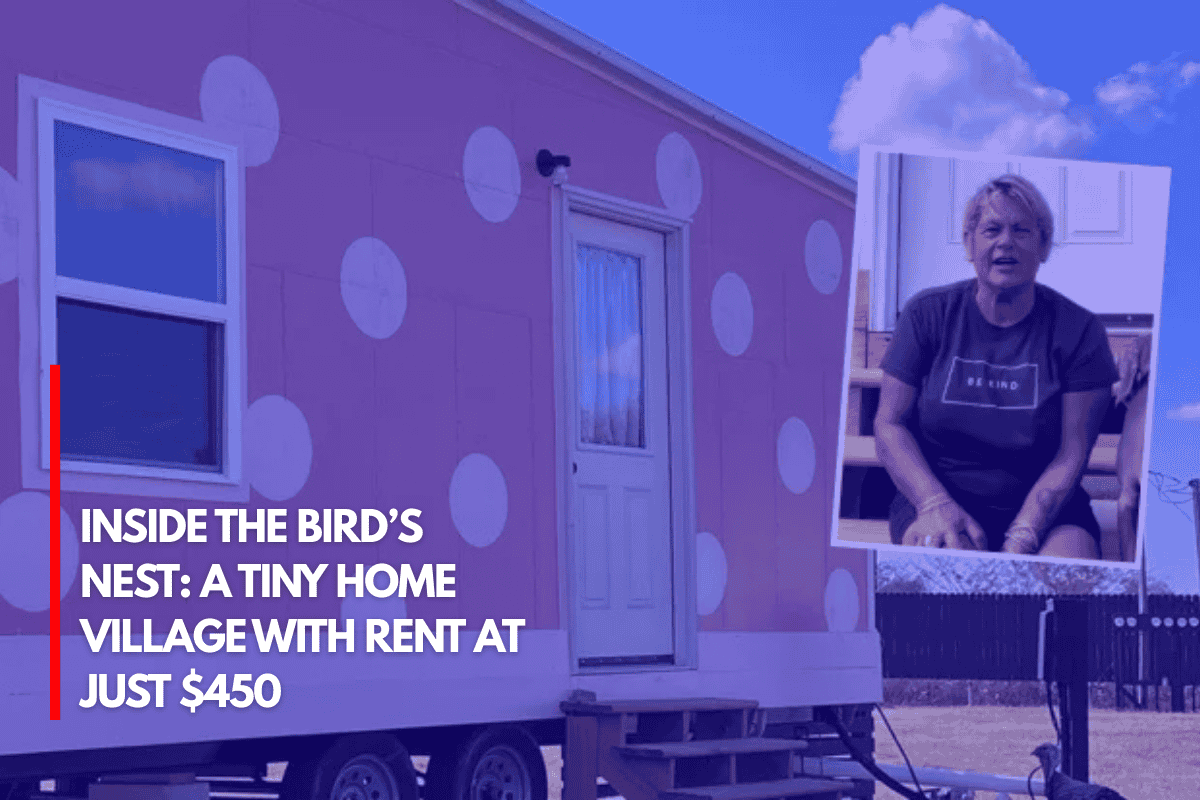From Tribune News Service’s Colleen Thomas
I can see my salvation in the verdant valley far below as I hike down the slope of a Swiss mountain. The building looks as small as a dot, but it contains a bed and a hot dinner, which is what I’m seeking.
It’s still three hours away on foot. As I exhale, feeling refreshed, I put my legs back to work after taking a deep intake of clean Alpine air.
In the midst of breathtaking mountain scenery, Rotstockhutte, one of hundreds of hiker huts scattered throughout the Alps, provides food, rest, and a break from the weather. Many are only accessible by helicopter or trail. All of these ensure that outdoor adventurers have an unforgettable time.
I was eager to see what the huts looked like because I had read about Switzerland’s fabled hut system. Many may be reached by hikers with less experience, including kids, while others demand advanced mountaineering abilities.
However, my brother and his wife, my husband, and I only have a few hours of daylight left to go to Rotstockhutte with our trekking companions.
Related Articles
-
Best sailing destinations in the US
-
A viral cafe in LA s Little Tokyo brings an epic anime series to life
-
First look aboard Royal Caribbean s Star of the Seas, the world s largest cruise ship
-
For great savings, plan now for the best winter ski season ever
-
One Tech Tip: This summer, don t let your phone overheat
A cable car from the hamlet of Stechelberg dropped us and our backpacks off at the trailhead (elevation 9,750 feet) of Mount Schilthorn, where our trip began. We still have over 1,000 feet of height to lose after hiking for hours.
The vibrant wildflowers swirling in the breeze cheer me up despite my fatigue. I literally have to be on my toes because of the little but frequent creek crossings. Just before dinner is served, we enter the hut through the wire gate.
Our plan for our trip to Switzerland was to stay in two different huts on two distinct hikes: Fluhalp in the Zermatt area, which offers views of the famous Matterhorn, and Rotstockhutte in the Interlaken region.
According to our research, huts can range in size from simple four-walls and a roof to enormous complexes with restaurants and tourist shops.
Most require reservations, which usually include breakfast and dinner as well as a bed in a large common sleeping area or a small shared room.
For some folks, the idea of sleeping next to a stranger who has spent the entire day hiking and probably hasn’t had a shower makes hut life unthinkable. However, I discovered that my fellow hikers were considerate of my personal space. But earplugs are essential. By 10 p.m., guests usually calm down, but there is no way to stop snoring.
House regulations are in place to maintain order in the privately owned Alpine lodges. We had to take off our hiking boots and pick up a pair of Crocs from a shelf to wear inside Rotstockhutte before we could enter. It was clever. There would always be a mess from so many filthy, muddy footwear.
Rotstockhutte served homemade bread and soup for supper, and a piece of pie was served for dessert. Three young German women sat at our table and politely talked to us as we stumbled through what we remembered from our high school German lessons.
Conversation took place during the time spent together in the dining area. I met Brandon from Washington, D.C., who was still going strong after 17 days of hut-to-hut trekking. Another American I spoke with was backpacking alone across Europe prior to beginning her postdoc program in the fall.
The visitors, arranged in a rather sparse upstairs room, started to get comfortable in their designated sleeping quarters as the sun sank below the mountains. There were flush toilets and running water in the communal bathroom, which was apart from the main house.
Hut Warden According to Simon Furrer, Rotstockhutte can accommodate up to forty-three people and was constructed in 1946. During the hottest summer months, it is frequently completely packed. Weekly supplies are delivered by helicopter, but the cheese and milk are produced locally by the cows that graze the slope.
Our group spent two nights there, sleeping shortly after sunset and touring the area throughout the day. On the morning of our trip, we awoke to the delightful sound of cowbells. The four of us then hiked two miles to Murren before riding a cable car the remaining distance to Stechelberg. The next destination is Zermatt, a tourist town, followed by Fluhalp Hut.
In between hut experiences, we gave ourselves permission to spend one night in a standard hotel. After using hut beds, the thick mattresses felt like a luxury. We went in search of our second cabin, refreshed.
It’s a long hike up from the valley to Fluhalp. We decided on a shorter route, starting in Zermatt at street level on a funicular. We arrived at a gondola after the trip, which was primarily in a tunnel, and rode it to the Blauherd station and the beginning of the short climb to the hut.
To be honest, I wasn’t used to riding mountains rather than walking. It seemed like cheating, actually. However, that is a part of trekking in Switzerland, and the people there are proud of their gondolas, cable cars, and mountain trains. It’s just incredible.
The Matterhorn was visible from the gondola’s windows, looming over the clear sky like a gigantic, mottled witch’s hat. Here it was, just as I had seen it in photos!
We took our time to take in the sights throughout the approximately one-hour hike to Fluhalp. There was a small group of people at the far end of Stellisee Lake when we arrived. I quickly found the draw. A stunning photograph was made possible by the Matterhorn’s reflection on the crystal surface of the lake.
We made a beeline for the Fluhalp cabin as soon as we saw it. After checking in, we checked out our room. With two single beds and one bunk bed, it was a bit small for four people and their luggage. However, the room was very comfortable, and the Matterhorn view from our balcony more than made up for any inconveniences. We bided our time to utilize the building’s coin-operated showers.
Fluhalp has a dining room that s warm and inviting. Our room reservation included dinner, and the food was deliciously Swiss and simple. Same with breakfast the next day. No Michelin stars here, but isn t it true that all food tastes better amid scenic outdoorsy settings?
During hiking season, the Fluhalp can host up to 66 people per night. It sits at 8,500 feet elevation with no nearby water source. Drinking water has to be piped in, so we paid for it by the liter. The hut is near a ski resort, and the restaurant stays open through the winter months, offering specialties like fondue, raclette and rosti.
The afternoon of our arrival was a good time to explore the area, and we made it back in time for a pasta dinner. After a full day, we slept very well in our extra-cozy room.
Hiker huts aren t for everyone, but they are an intriguing option for those who love immersing themselves in the mountains. They allow hikers to connect with the agrarian culture deeply rooted in the Swiss Alps. Since there s little or no cell service, a stay in a hut feels like a true escape from normal life. Huts also are an economical option, as most stays are priced much lower than at hotels in town.
But perhaps most importantly for our group, they offered a chance to interact with people of all ages and from many countries, sharing an experience that both stretched us and helped us appreciate the creature comforts of our own homes.
Rotstockhutte
Phone: +41-33-855-24-64
Info: www.rotstockhuette.ch
The closest city is Murren.
Fluhalp Mountain Hut & Restaurant
Phone: +41 27 967 25 97
Info: www.fluhalp.swiss
The closest city is Zermatt.
2025 Tribune Content Agency, LLC.
